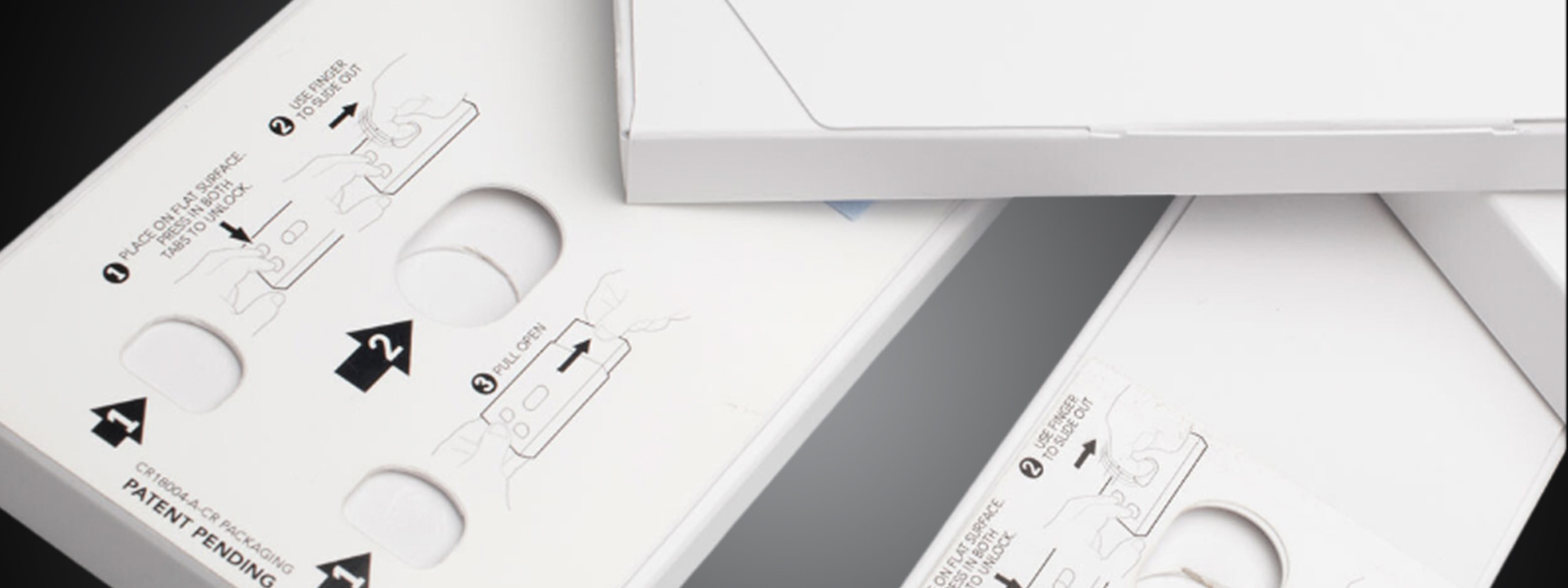
Child-resistant (CR) packaging is a critical safety measure to prevent children from accessing and accidentally ingesting hazardous products. In the United States, the Poison Prevention Packaging Act (PPPA) of 1970 mandates child-resistant packaging for a wide range of household products that pose a risk of serious injury or illness to children.
This comprehensive guide will cover everything you need to know about child-resistant packaging regulations, including:
- The history and purpose of the PPPA
- Products subject to child-resistant packaging requirements
- Specific criteria and testing protocols for child-resistant packaging
- Considerations for companies in implementing compliant CR packaging
- Best practices and packaging options for child resistance
- Navigating varying state regulations, particularly for cannabis products
The Poison Prevention Packaging Act (PPPA)
The PPPA requires that certain household substances be packaged in child-resistant packaging. For a product to fall under the PPPA, it must meet two key criteria:
- Pose a significant risk of serious injury or illness to children who may handle or ingest it
- Be feasible to package in a child-resistant manner without compromising product quality or usability
The Consumer Product Safety Commission (CPSC) administers the PPPA and provides specific guidelines for determining if a product meets these standards. Prescription and over-the-counter drugs, household chemicals, pesticides, and other hazardous products are among the categories covered.
Child-Resistant Packaging Requirements
According to the CPSC, child-resistant packaging must be designed and constructed to be significantly difficult for children under five years of age to open or obtain a harmful amount of the substance. Key performance requirements include:
- 85% of children under 5 must not be able to open the package within 5 minutes
- 80% of adults aged 50-70 must be able to open and properly close the package within 5 minutes
Packaging must undergo rigorous testing at accredited labs to be certified as child-resistant. Protocols involve panels of young children attempting to open the packages, demonstrating the packaging’s effectiveness in preventing access.
Implementing Child-Resistant Packaging
Ensuring child-resistant packaging is critical for companies manufacturing or selling products subject to the PPPA. This involves:
- Identifying which products require CR packaging based on CPSC guidelines
- Selecting appropriate packaging materials and designs that meet performance standards
- Conducting testing and certification to validate child-resistance
- Properly labeling products to indicate they are special packaging and provide usage instructions
Many child-resistant packaging options are available, including safety caps, blister and strip packs, and tear-resistant pouches. Companies like JohnsByrne offer a range of child-resistant carton packaging solutions to meet the needs of different products and industries. Factors like product type intended users, and cost all influence the choice of CR packaging.
Navigating State Regulations
While the PPPA provides federal standards, individual states may have additional regulations around child-resistant packaging, particularly for emerging product categories.
The cannabis industry is a prime example. As more states legalize medical and recreational marijuana, they are also instituting specific packaging requirements for cannabis products. These often go beyond the PPPA, mandating features like opacity, resealability, warning labels, and child resistance.
With regulations varying between states and even between medical and recreational products, cannabis companies must diligently understand and comply with relevant packaging laws in each of their markets. Partnering with knowledgeable packaging suppliers like JohnsByrne, who has experience developing compliant cannabis packaging across multiple states, is key to navigating this complex landscape.
The Bottom Line
Child-resistant packaging is vital in preventing accidental poisonings and keeping hazardous products out of children’s hands. By understanding the regulatory requirements, selecting appropriate packaging solutions, and staying informed of the latest standards, companies can ensure they are providing safe and compliant products.
Whether you are an established business or just entering the market, taking a proactive and comprehensive approach to child-resistant packaging is necessary. Not only is it a legal obligation, but it’s also a responsibility to your customers and a reflection of your commitment to consumer safety. Experienced partners like JohnsByrne can provide the expertise and solutions needed to implement child-resistant packaging effectively and navigate the evolving regulatory landscape.
Related Posts
In December 1970, the U.S. Congress passed the Poison Prevention Packaging Act with the goal of reducing the risk of poisoning children via consumption of … Thinking it through to a more innovative solution: EPIK LOK® certified child-resistant packaging.
In 2018, we were recognized for leading innovation in the print and packaging industry at the North American Paperboard Packaging Competition with EPIK LOK™, our … Get a Glimpse of our New Sustainable Design of Child Resistant Box – EPIK LOK™
Child resistant (CR) packaging is packaging that is easy for adults to open, but is difficult for children ages 5 and under to open. Around … Is Your Packaging <strong>Certified</strong> Child-Resistant? Important Things to Look Out For

